13 December 2024
Alaska: The Last Frontier. Just hearing those words conjures up images of vast, unspoiled wilderness, towering mountains cloaked in mist, and wildlife that roams free. It’s where nature's raw, untamed beauty is on full display, and where you feel like you're stepping into a world that time forgot. But it's not just the picturesque scenery that lures adventure seekers—it's the wildlife. From lumbering grizzly bears to graceful moose, Alaska's wilderness is home to some of the most iconic and magnificent creatures on Earth.
So, pack your sense of adventure and curiosity—we're diving deep into the wild expanse of Alaska, where grizzlies, moose, and so much more roam free. Let’s explore everything Alaska’s wilderness has to offer and why it captivates travelers from all over the globe.
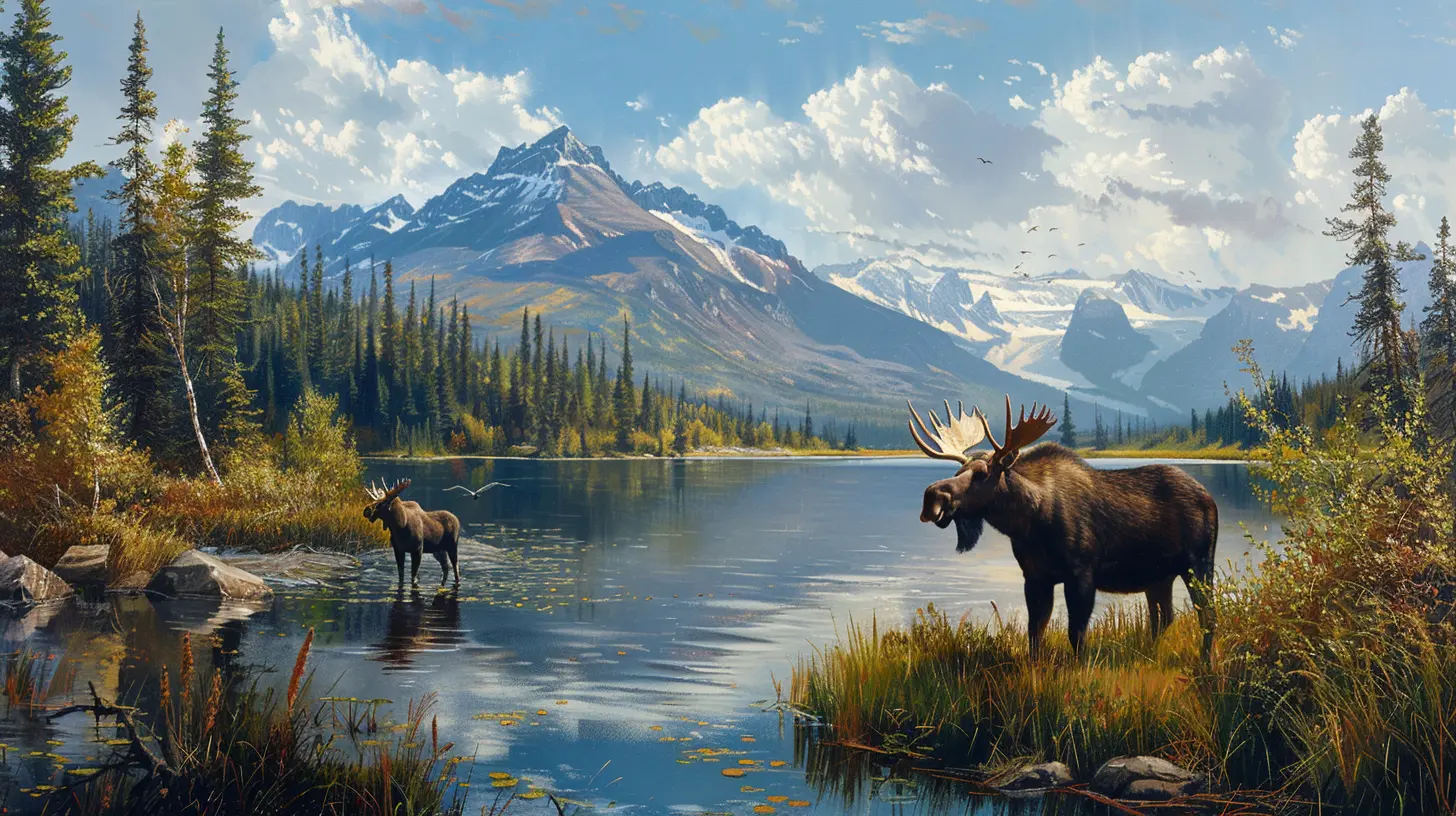
The Allure of Alaska's Untouched Wilderness
Imagine standing at the edge of a remote river, surrounded by towering spruce trees and rugged mountains, watching the sun glimmer on the water’s surface. As you take in the moment, a massive grizzly bear lumbers into view, making its way toward the river to scoop up a juicy salmon. It's a scene straight out of a nature documentary, except you're living it.Alaska is one of the few places left on Earth where wildlife thrives in its natural habitat, untouched by major human development. With more than 663,000 square miles of largely uninhabited terrain, the state is a sanctuary for both people seeking solitude and creatures that simply need space to roam. The allure of Alaska isn’t just about its landscapes—though they are breathtaking—it's about connecting with nature in one of the last places where it exists in its truest form.
Why Alaska’s Wilderness is So Special
Alaska is unique because it has resisted the relentless development that has changed so much of the modern world. Here, you won’t find skyscrapers looming over city streets or highways busy with traffic jams. Instead, there are national parks bigger than some countries, pristine rivers untouched by pollution, and silence so profound that you can hear your own heartbeat.The state’s seclusion and limited accessibility (some towns are only reachable by plane or boat!) make it one of the best-preserved wilderness areas in North America. Whether you're trekking through Denali National Park or cruising the icy waters of the Inside Passage, you’re stepping into a land where nature still reigns supreme.
Now, let’s meet the stars of the show: Alaska’s wildlife.

Grizzly Bears: Kings of the Wilderness
When you picture Alaska, it’s likely that an image of a massive grizzly bear pouncing on a salmon leaps to mind. And for a good reason—Alaska is home to around 30,000 grizzly bears, also known as brown bears. These hulking beasts are the face of Alaska’s wild side, and seeing one in the flesh is likely to be the highlight of any trip to the state.Where to Spot Grizzlies
Grizzly bears are found all over Alaska, but there are a few hotspots where your chances of seeing these majestic creatures are higher. Among the best-known locations is Katmai National Park, home to the awe-inspiring Brooks Falls. Every summer, these falls become a hotspot for bear activity as grizzlies gather to feast on sockeye salmon making their journey upstream. You’ve probably seen the famous photos of bears poised mid-catch—this is where that magic happens!Another great location is Denali National Park, where bears roam the tundra, often spotted from afar by travelers cruising along Denali Park Road. Because the park is so large, there’s a real sense of wilderness here, giving you the opportunity to see bears in their natural, undisturbed habitat.
What Makes Grizzlies So Fascinating?
Grizzlies are the rock stars of the animal kingdom, thanks in no small part to their sheer size and power. Adult males can weigh as much as 1,500 pounds and stand up to 10 feet tall when on their hind legs—imagine standing next to one of those! Yet, despite their imposing size and strength, grizzlies are surprisingly agile. They can run up to 30 miles per hour when needed (way faster than a human) and are excellent swimmers.What’s even more fascinating is their behavior. Grizzlies are highly intelligent creatures with strong memories—they can remember where they found food years ago and will return to the same spot when food is scarce. As omnivores, their diet is incredibly varied: berries, fish, roots, and even the occasional elk calf.

Moose: Alaska’s Gentle Giants
If grizzlies are the kings of the wilderness, then moose are the gentle giants. The moose is the largest member of the deer family—males can weigh up to 1,600 pounds and stand over six feet tall at the shoulder. If you’ve never seen a moose in person before, you might be surprised by just how huge and majestic they are.Where to Find Moose
Moose are widespread throughout Alaska, even wandering into urban areas like Anchorage from time to time! That said, some of the best places to spot moose are in more remote environments such as Denali National Park, the Kenai Peninsula, and along the Alaska Highway.One of the best times to see moose is during the fall, when males are in rut. During this time, they’re especially active, and you may see them clashing antlers with rivals or calling out to potential mates.
What Makes Moose Unique?
Moose are the introverts of Alaska’s wildlife—a bit shy and solitary, but extremely capable. They are surprisingly good swimmers and can stay underwater for up to 30 seconds in search of aquatic plants. Their long legs and split hooves allow them to traverse even the toughest terrains, from dense forests to knee-deep snow.But don’t let their calm demeanor fool you; moose can be dangerous, especially if they feel threatened or are protecting their young. With massive antlers and powerful legs, they are not to be messed with.
Despite their reputation as loners, moose charm visitors with their quiet grace and sheer size. There's a certain peacefulness in watching a moose graze in a meadow, moving slowly but purposefully—undisturbed by the world around it.
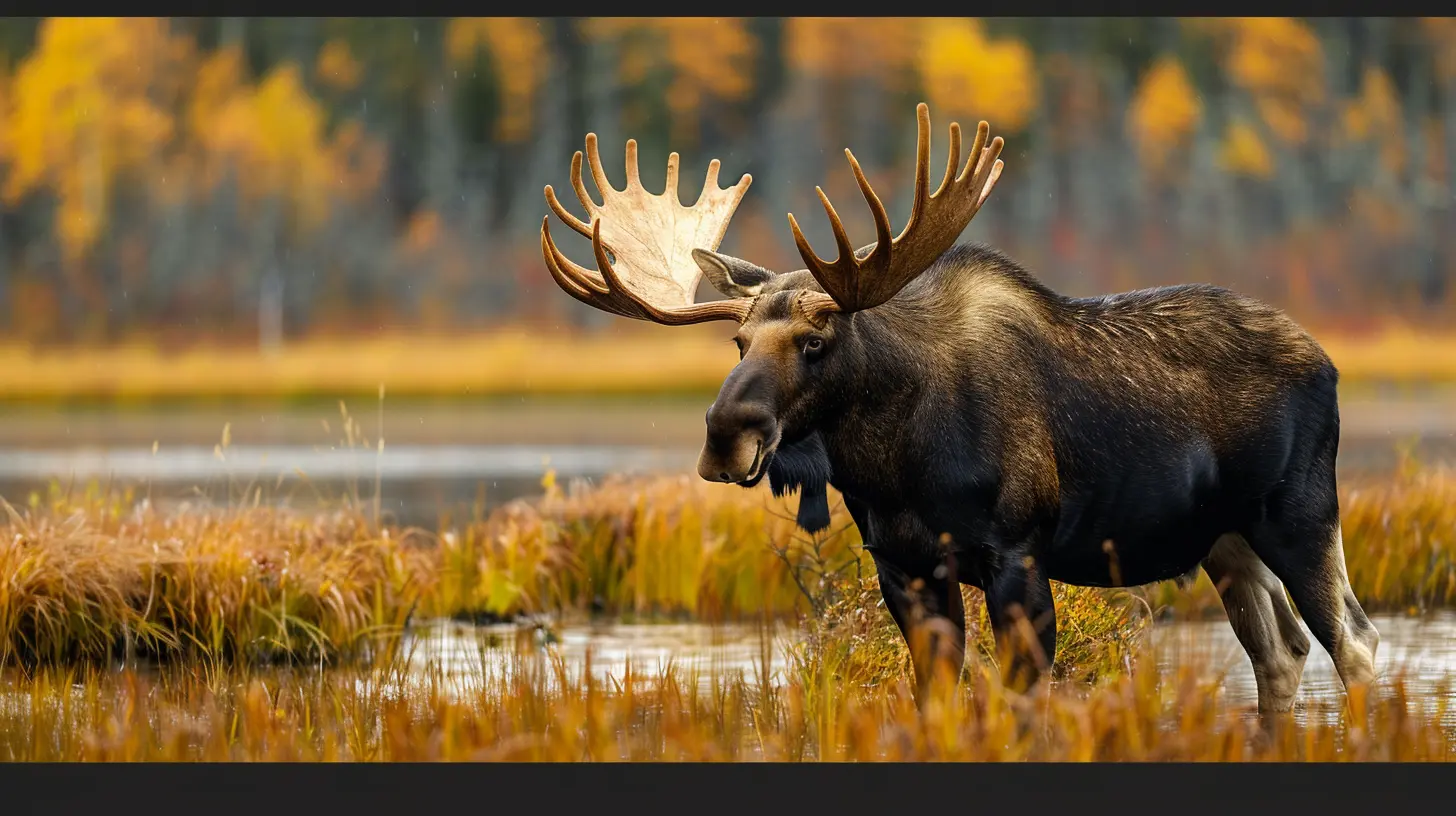
Beyond Grizzlies and Moose: Other Wildlife You Can Spot
While grizzlies and moose steal a lot of the spotlight, Alaska’s wilderness has much more to offer. Here are just a few of the other creatures you might encounter during your visit.Bald Eagles: The Symbol of Freedom
The bald eagle, America’s national bird, is a symbol of strength and freedom—and Alaska has the highest population of bald eagles in the U.S. You can spot these majestic birds soaring through the sky or perched high in the trees, especially near coastal areas or rivers where they hunt for fish. If you want a sure bet, head to Haines, where the largest gathering of eagles occurs every November.Wolves: The Stealthy Predators
Wolves are the embodiment of Alaska’s wild spirit—elusive, intelligent, and fiercely independent. Though they are harder to spot than bears or moose, wolves can still be seen in places like Denali National Park or even near the remote towns and villages. Listen carefully during the night, and you might even hear their haunting howls echoing through the valleys.Caribou: The Nomads of the Tundra
Caribou, also known as reindeer, are famous for their large migrations across the tundra. You might come across vast herds numbering in the hundreds or even thousands as they move across the landscape. The Western Arctic Caribou Herd is one of the largest in the world, and spotting them in their natural habitat is an experience in itself.Marine Life: Whales, Seals, and Otters
Alaska’s wildlife isn’t confined to land. The coastal waters teem with life, and chances are you might catch a glimpse of humpback whales breaching or playful sea otters floating on their backs. The Inside Passage is one of the best areas for whale watching—here, humpbacks, orcas, and even gray whales can be seen gliding through the cold waters.Planning Your Alaska Wildlife Adventure
Planning a trip to witness Alaska’s wildlife in its natural habitat can be exhilarating, but it does require some preparation. Start by deciding the time of year you want to visit. Summer (June to August) offers the best chances to see bears, moose, and a variety of other animals, as the long daylight hours give them more time to be active.If you have your heart set on seeing certain species, like the famous grizzlies at Brooks Falls, you’ll need to plan ahead and make reservations early. Popular spots like this fill up quickly!
Also, be aware of the importance of safety. Wildlife viewing should always be done from a respectful distance. Carry bear spray if you're hiking in bear country, and always follow the advice of local guides or park rangers.
Why Alaska’s Wilderness is a Must for Any Nature Lover
Alaska is more than just a place—it’s an experience, an adventure, and a chance to reconnect with the untamed beauty of the world. Whether you’re watching a grizzly scoop salmon from a rushing river or marveling at the quiet, towering presence of a moose in the distance, Alaska’s wilderness is a reminder that there are still places on Earth where nature is free, wild, and awe-inspiring.So, get out there and experience it for yourself. There’s no better place to witness the majestic dance of nature than in Alaska, The Last Frontier.


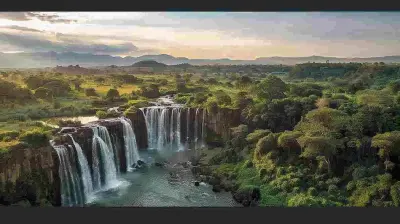
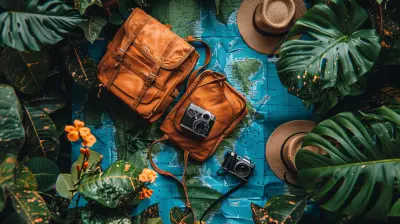
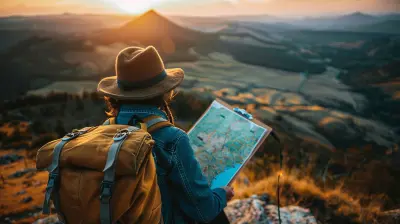

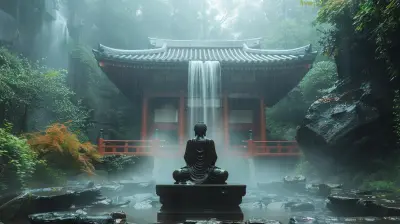

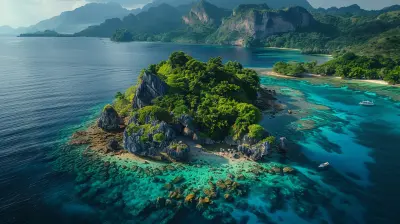
Judith Long
Nature's raw beauty reminds us of life's fragility.
February 7, 2025 at 3:40 AM